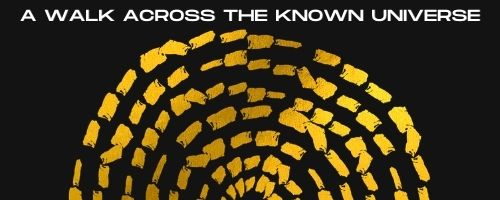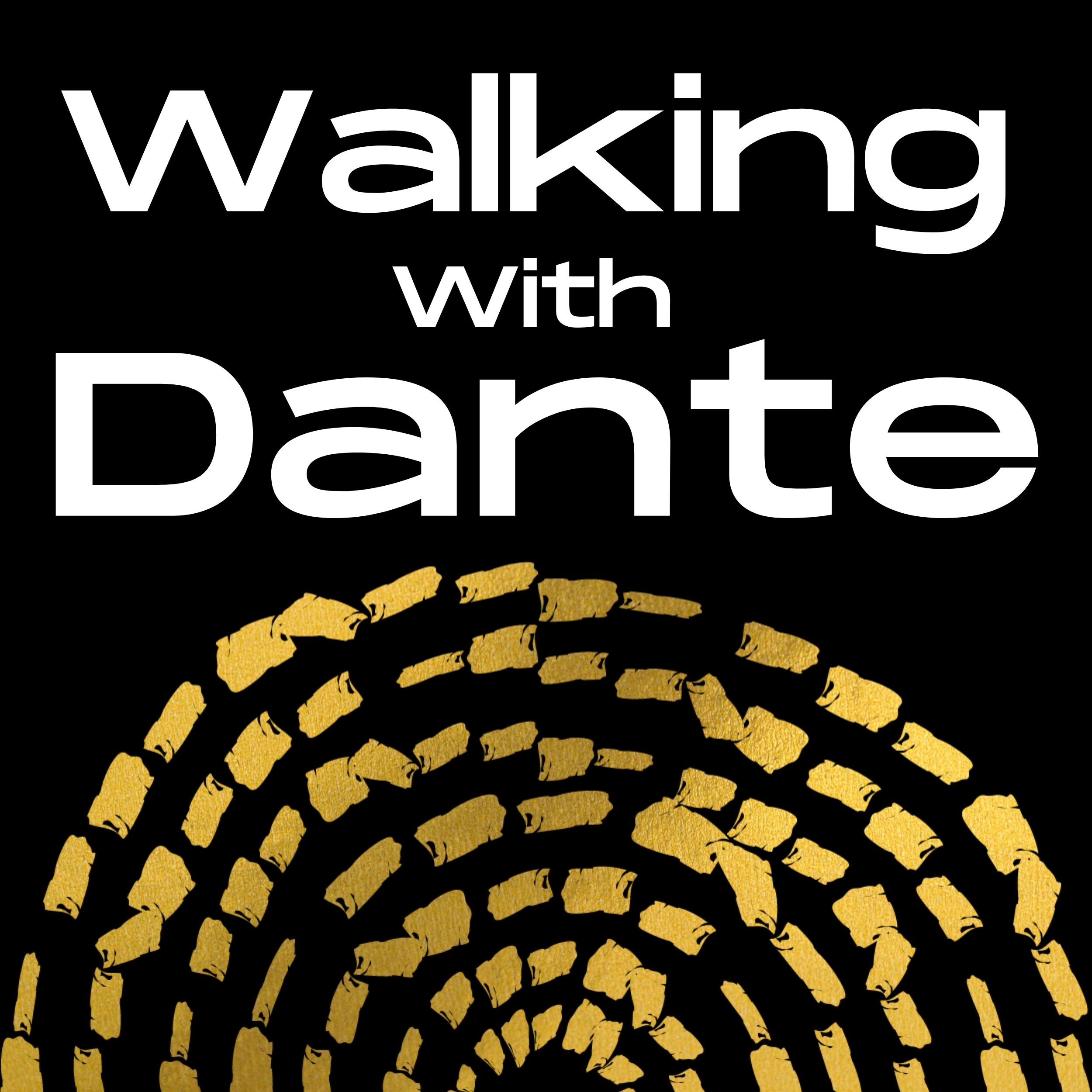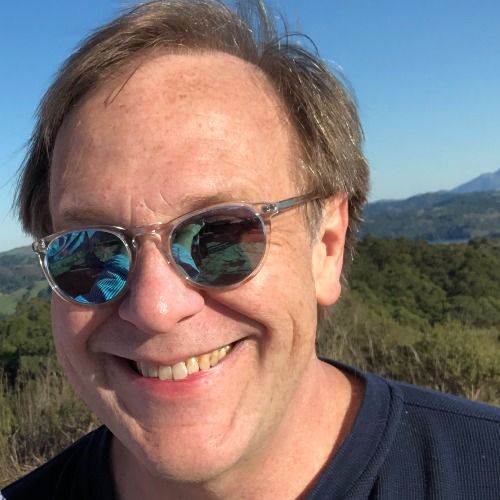Episode 4
Laughter And Loss, The Essence Of Being Human: PURGATORIO, Canto I, Lines 13 - 27
Dante the poet leads us in a slow turn toward Dante the pilgrim, his "fictional" alter ego, who is looking up at the heavens--that is, at Venus, at four new-to-him stars, and at the gorgeous sapphire color of a predawn sky.
Join me, Mark Scarbrough, as we come to see the emotional complexity Dante has learned to encode in this short passage after the craft developed in the writing of INFERNO. The turn to the pilgrim is a beautiful moment, with resonances of hope and loss throughout--perhaps, then, a most human moment.
This passage of PURGATORIO is also packed with interpretive problems. And you know we love those! So here are the segments of this episode of WALKING WITH DANTE:
[01:14] My English translation of PURGATORIO, Canto I, Lines 13 - 27. If you'd like to read along or drop a comment, please find this passage on my website, markscarbrough.com.
[03:13] Where are we? In a terrestrial poem that yearns for the infinite--with a couple of translation problems right off.
[07:03] We turn to Dante the pilgrim in a moment in which he wonders at the sheer beauty of the sky. (Such a contrast to his responses in INFERNO!)
[08:30] What is the allegory of the sapphire blue? And how do we know our interpretation of that allegory is correct?
[13:27] What is this "gorgeous planet"? It's a representation of love, as Dante tells us. But it's also the potential rehabilitation of the morning star from its traditional interpretation by Christian theologians as a reference to Satan before his fall.
[18:07] However, there's a historical problem for the poetry: Venus was not the morning star in 1300, the year of the pilgrim's journey across the known universe.
[20:39] Check out the emotional movement in the first nine lines of this passage: from beauty to global peace to internal regeneration to the laughter of the cosmos.
[23:09] We see Dante the pilgrim's first physical movement: a turn to the right (that is, to the south). And there's an interpretive problem in these lines: Who are these "first people" he mentions?
[26:53] And while we're at it, what are the four stars Dante the pilgrim sees?
[29:41] The last lines of the passage only make sense if you've read Virgil's explanation in INFERNO.
[31:08] The last lines of the passage also encode a moment of loss, maybe even melancholy. Laughter + loss = human. That's ultimately the equation of (most of) PURGATORIO.
[32:47] I read PURGATORIO, Canto I, Lines 13 - 27 again.


